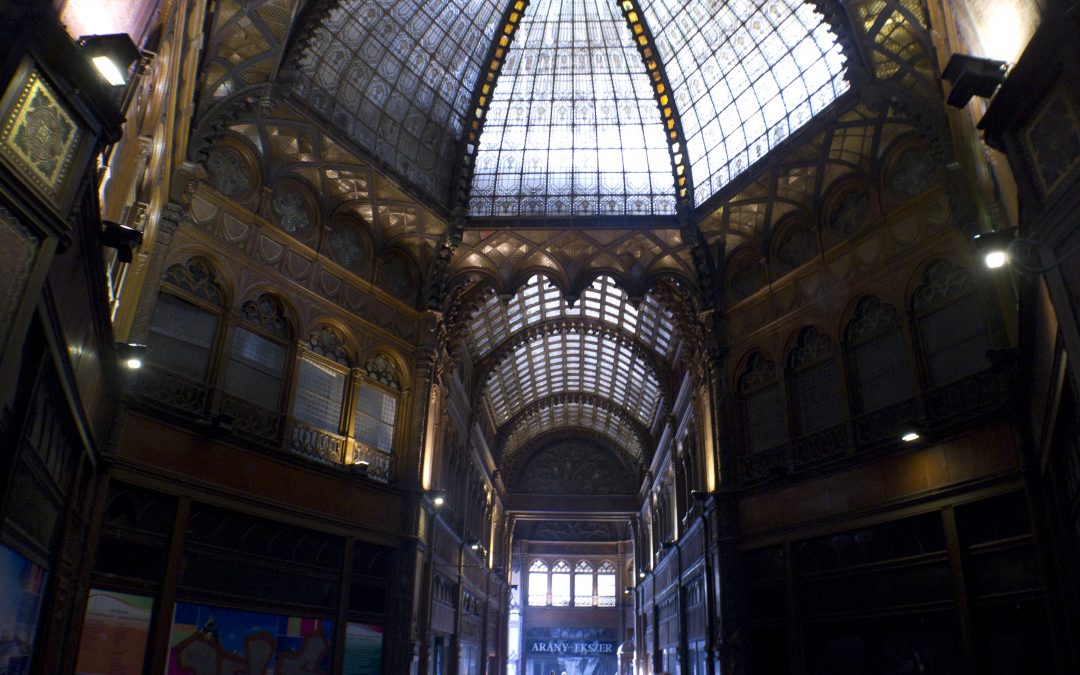One of the reasons I love to visit Budapest is its abundance of art and architecture, particularly Art Nouveau. Everywhere you look, beautiful buildings meet your gaze – whether architectural landmarks or residential blocks of flats.
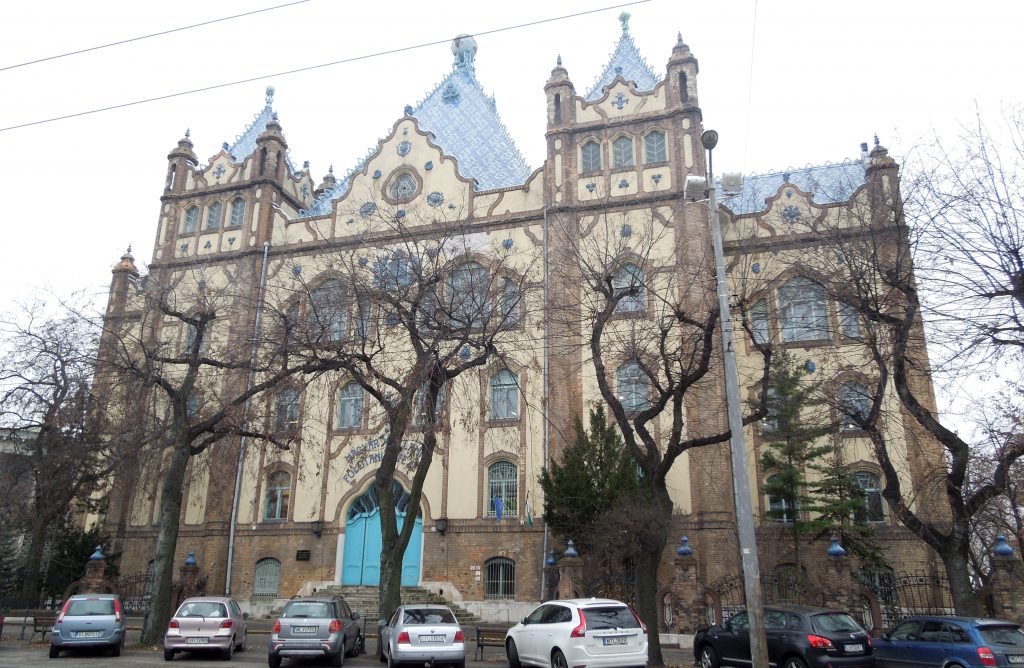
Recently, the city seems to have been having a bit of a renovation boom. Apartments and apartment buildings continue to be updated at an amazing rate – but more to the point, so do a number of the city’s sights and museums. It may seem wilful to close three of a city’s attractions at once (the Hungarian State Opera House, plus the museums of fine and applied arts) – but that’s Budapest!

Amidst this renovation boom, a number of derelict landmarks are finding new life. After years of ruin and disrepair caused by the impact of two World Wars and decades of Soviet rule, the centrally located Parizsi Udvar (Paris Courtyard) is being renewed. Its fine facade, featuring a mixture of architectural styles, is once again visible and looks beautifully restored (hopefully the interior – shown here before renovation – will be just as impressive once completed).
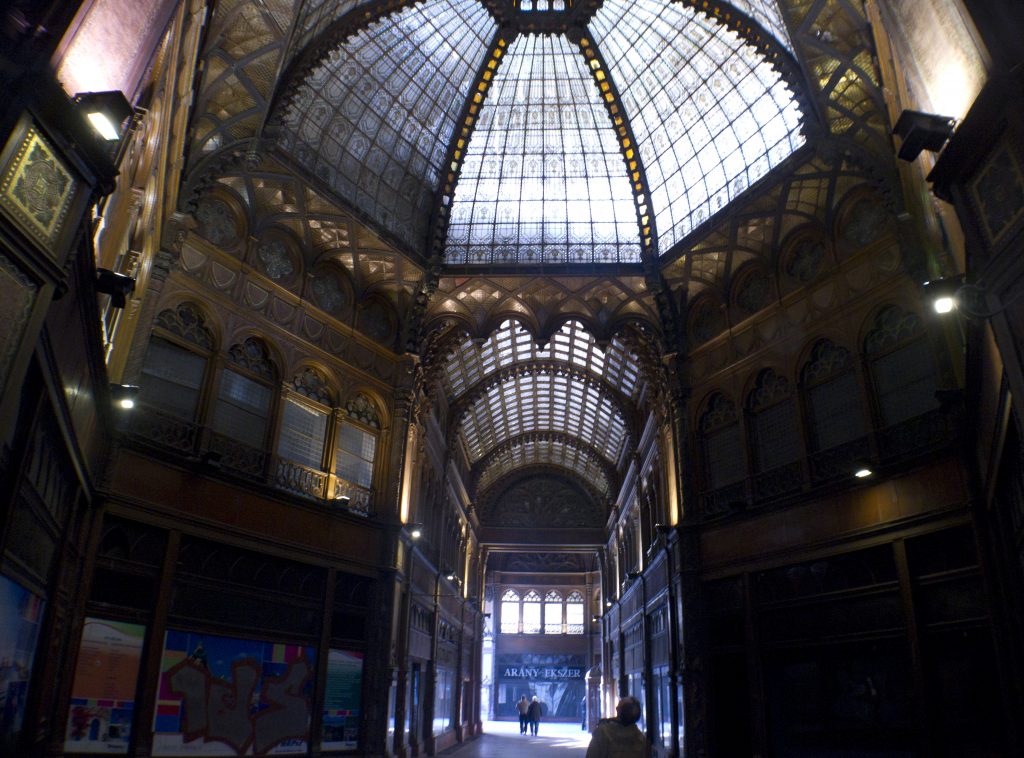
Even better, after months spent behind closed doors (and featuring in various Hollywood movies), the Lotz cafe on the popular Andrássy avenue has once again opened its doors to the public, albeit more expensive and surrounded by an immersive ‘experience centre’. The building was previously home to the Alexandra Book Store; it is now the Nagy Parisi Aruhaz, with the cafe renamed as Café Parisi.
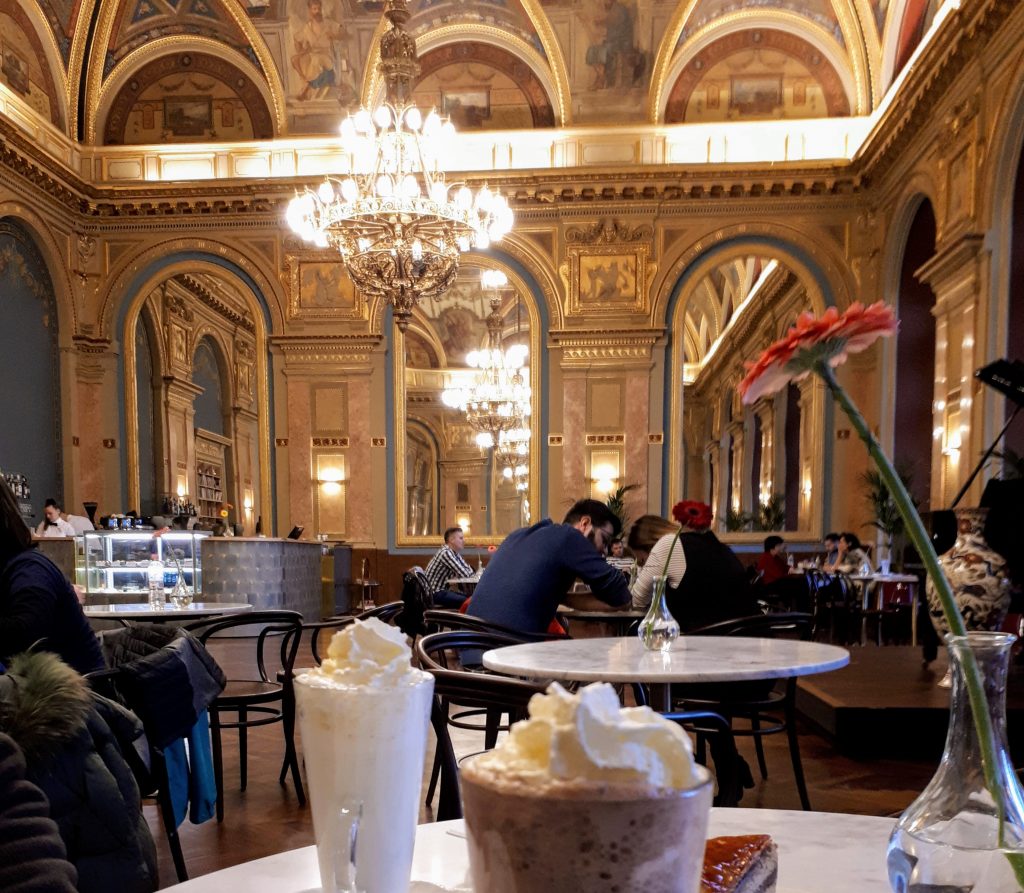
Best of all however, is the fact that the closure of the Applied Arts Museum has coincided with the opening of a villa belonging at one time to the museum’s first director, György Ráth. Aptly named after its former owner, György Ráth Villa is set back from the street, as all villas are, and is located in the more open area between the heart of Pest and the city park. This impressive building has been turned into a museum of Art Nouveau, highlighting how the movement developed in different countries through a stunning selection of works from the Applied Arts Museum’s collection, counterbalanced by specially commissioned pieces from contemporary Hungarian artists. Each room tells part of the story of Art Nouveau in Europe, while also being laid out as if Ráth (1828 -1905), his family and guests still inhabited the place.
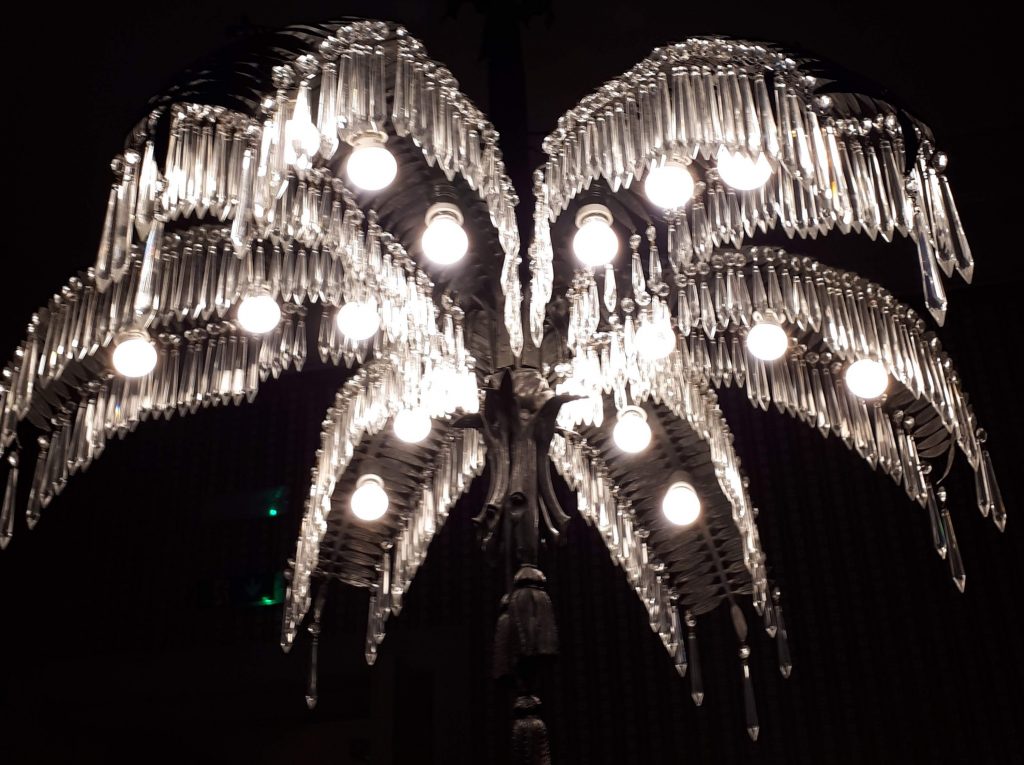
Ignoring the occasionally disconcerting loop of “background effect” audio (the chink of knives on plates, the murmur of conversation, the clank of an ancient heating system, the dripping of a tap…) coming from a corner of the ceiling in each room, the pieces on show were many and wonderful. And the chandeliers were, quite simply, out of this world. Not just one or two, either, but in each and every room on two floors. As a glass artist, it was hard not to take inspiration from the experience (and hard not to spend much of the visit looking up at said chandeliers!).
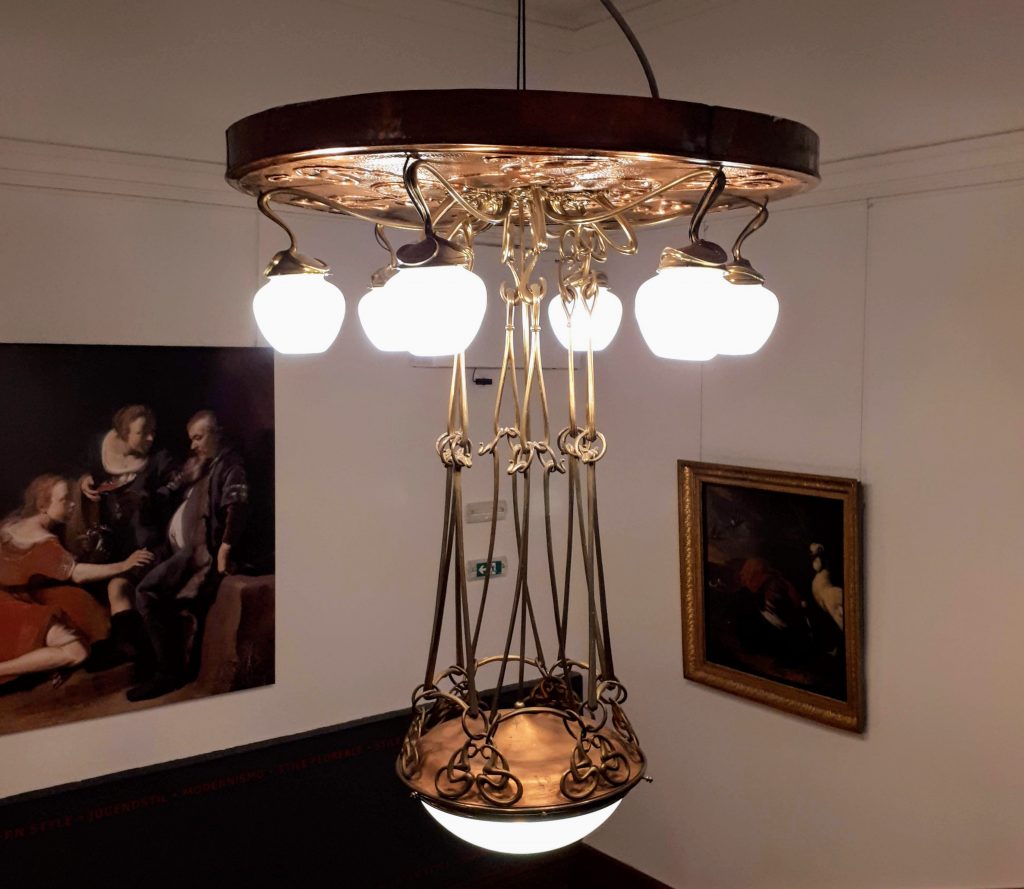
This is an imaginatively put together exhibition that is an absolute treat, and more than a substitute for the museum whose place it currently fills.

